
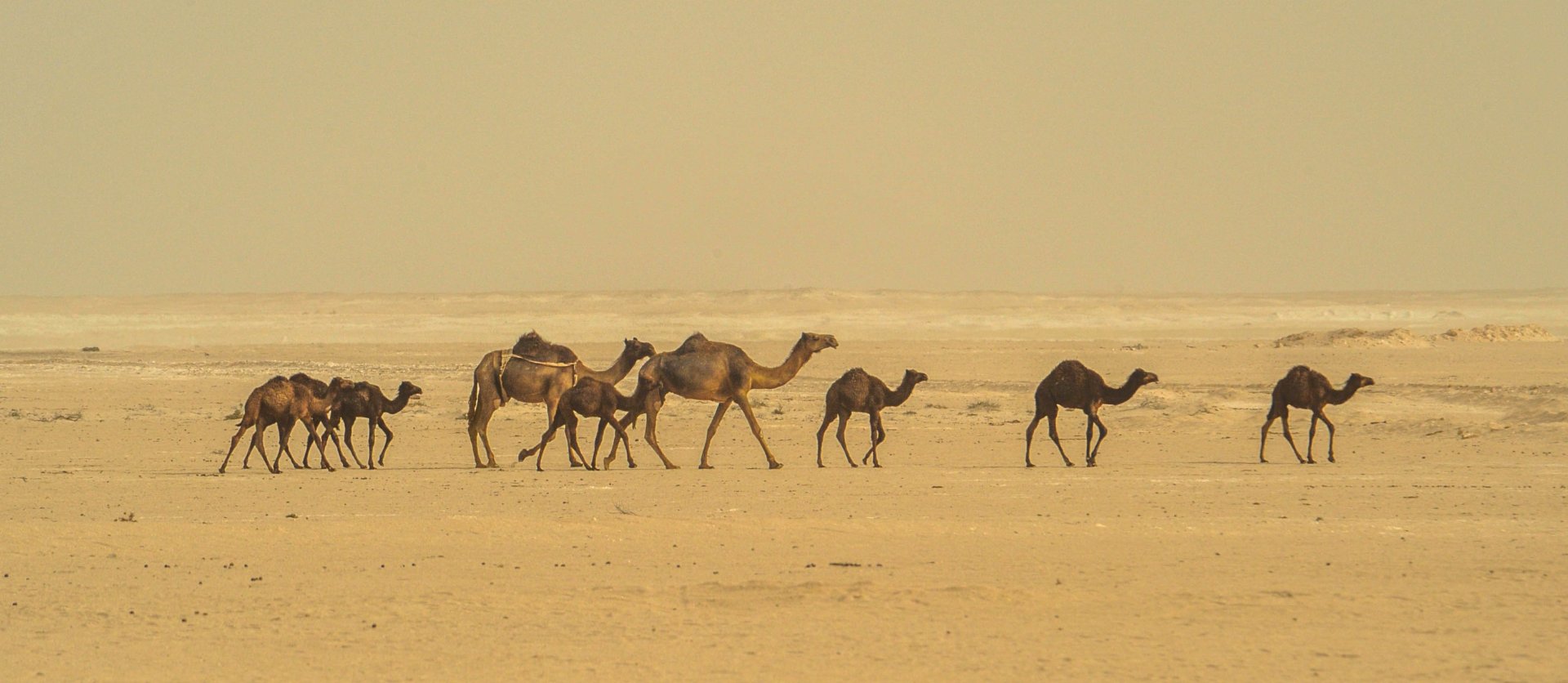

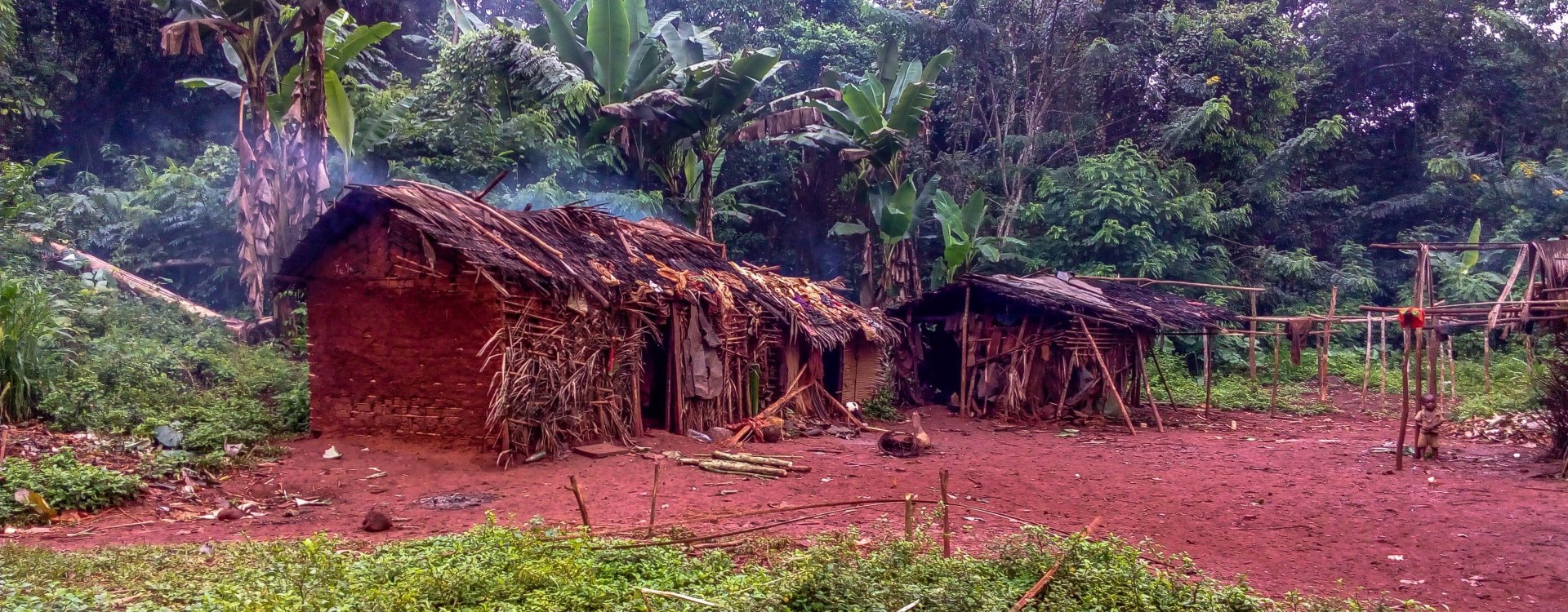

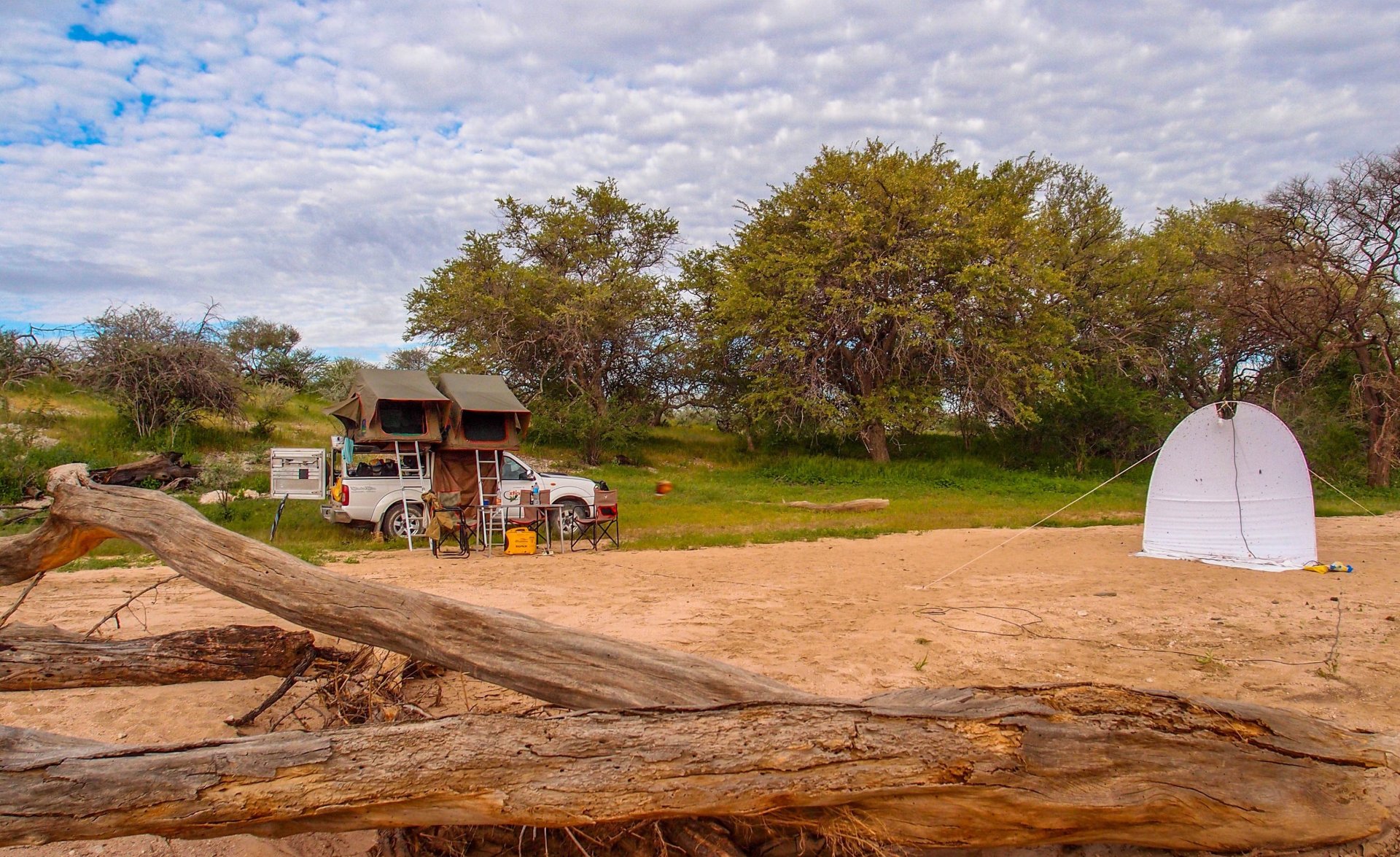
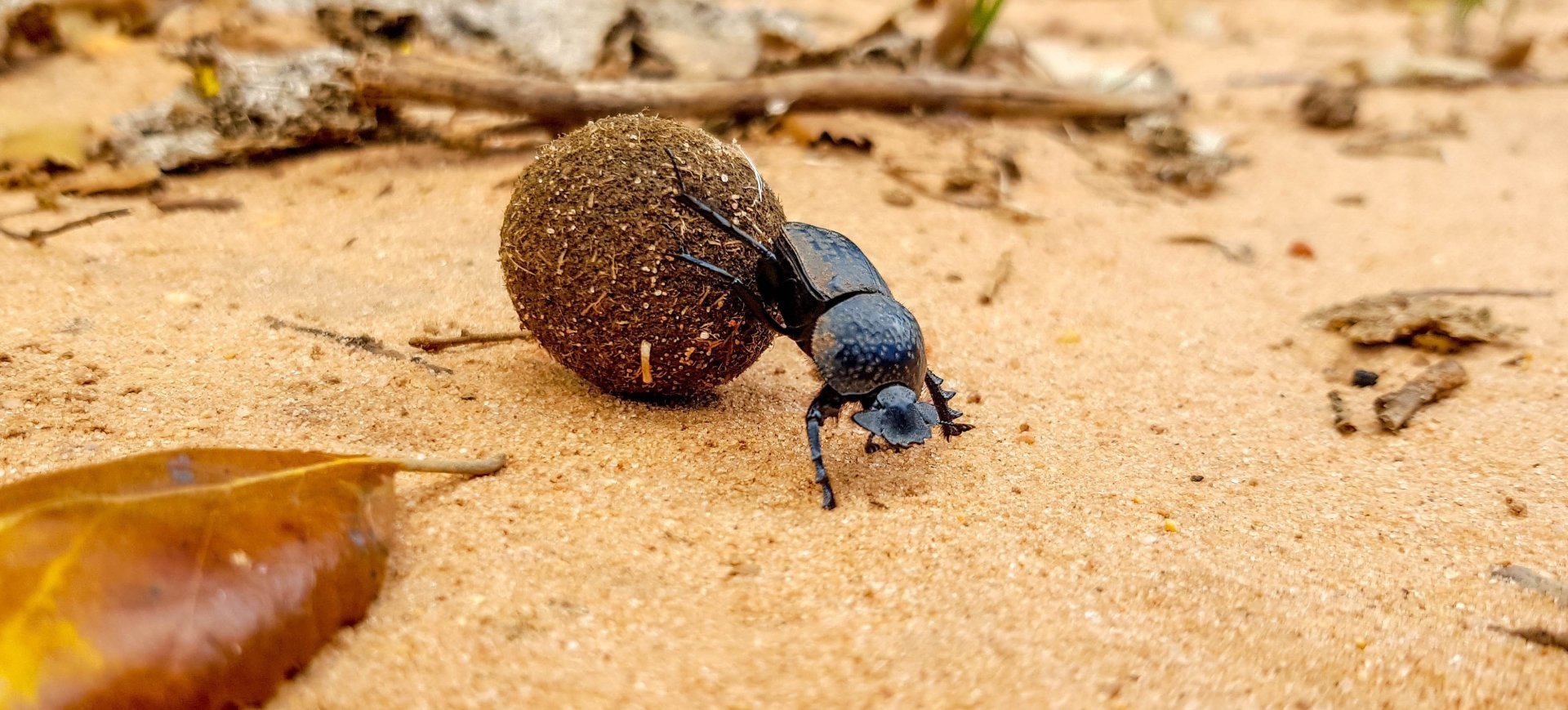

![]() Information: Idactus ellioti was described from Madagascar by Gahan in 1890. It is widely distributed across Africa, from Ethiopia to the Cape of Good Hope. It exhibits numerous variations and subspecies and predominantly inhabits savannas and seasonal forests.
Information: Idactus ellioti was described from Madagascar by Gahan in 1890. It is widely distributed across Africa, from Ethiopia to the Cape of Good Hope. It exhibits numerous variations and subspecies and predominantly inhabits savannas and seasonal forests.
Body length: 14 - 19 mm
Zoogeographic region: January - December (depends on region)
![]() Distribution: Angola, Benin, Botswana, Cameroon, Comoros, Ethiopia, Gabon, Ghana, Guinea, Ivory Coast, Kenya, Madagascar, Malawi, Mozambique, Namibia, Central African Republic, Democratic Republic of the Congo, Republic of the Congo, Rwanda, Senegal, Somalia, South Africa, Tanzania, Togo, Uganda, Zimbabwe
Distribution: Angola, Benin, Botswana, Cameroon, Comoros, Ethiopia, Gabon, Ghana, Guinea, Ivory Coast, Kenya, Madagascar, Malawi, Mozambique, Namibia, Central African Republic, Democratic Republic of the Congo, Republic of the Congo, Rwanda, Senegal, Somalia, South Africa, Tanzania, Togo, Uganda, Zimbabwe
Zoogeographic region: Afrotropical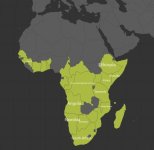
![]() Taxonomic classification:
Taxonomic classification:
![]() Katalog und Fotoatlas der Bockkäfer Namibias | Adlbauer 2001
Katalog und Fotoatlas der Bockkäfer Namibias | Adlbauer 2001![]() Katalog und Fotoatlas der Bockkäfer Äthiopiens | Adlbauer 2015
Katalog und Fotoatlas der Bockkäfer Äthiopiens | Adlbauer 2015
[= Idactus fasciculosus Aurivillius, 1903]
[= Idactus usambaricus (Hintz, 1910)] Teocchi & al.2015
[= Falsidactus uluguruensis (Breuning, 1975)]
![]() Information: Idactus ellioti fasciculosus, was originally described from Tanzania by Aurivillius in 1903 as a separate species. However, until 2015, it was mistakenly referred to as Idactus usambaricus. According to the latest work by Teocchi in 2015, it is now considered only a subspecies of Idactus ellioti. This subspecies is commonly found in the savannas of East Africa.
Information: Idactus ellioti fasciculosus, was originally described from Tanzania by Aurivillius in 1903 as a separate species. However, until 2015, it was mistakenly referred to as Idactus usambaricus. According to the latest work by Teocchi in 2015, it is now considered only a subspecies of Idactus ellioti. This subspecies is commonly found in the savannas of East Africa.
[Idactus konso, described from Arba Minch by Quentin & Villiers in 1981, is very likely a synonym of I. usambaricus, which itself is considered a subspecies of I. ellioti Gahan 1890 (J. Sudre, in litteris).] Adlbauer 2008
Body length: 15 - 17 mm
Peak activity: January - December (depends on region)
![]() Remarks: An uncommon species in Ethiopia. More abundant in dry savannahs in the rest of the range. It is often attracted to a light trap in the evening.
Remarks: An uncommon species in Ethiopia. More abundant in dry savannahs in the rest of the range. It is often attracted to a light trap in the evening.
![]() Distribution: Ethiopia, Kenya, Malawi, Mozambique, Rwanda, Somalia, South Africa, Tanzania, Uganda, Zimbabwe
Distribution: Ethiopia, Kenya, Malawi, Mozambique, Rwanda, Somalia, South Africa, Tanzania, Uganda, Zimbabwe
Zoogeographic region: Afrotropical
![]() Material examined (& observation):
Material examined (& observation):
![]() Our observation period: April ~ Juny, November ~ December
Our observation period: April ~ Juny, November ~ December![]() Sampling Methods: Attracted to light trap
Sampling Methods: Attracted to light trap ![]()
 Ethiopia
EthiopiaCatalog of the Lamiines of the World
Laminae Idactus ellioti fasciculosus
Titan database on world-wide Cerambycidae
Laminae Idactus ellioti fasciculosus
![]() Zur Cerambycidenfauna aus Äthiopiens II. Lamiinae, Adlbauer 2000.pdf
Zur Cerambycidenfauna aus Äthiopiens II. Lamiinae, Adlbauer 2000.pdf